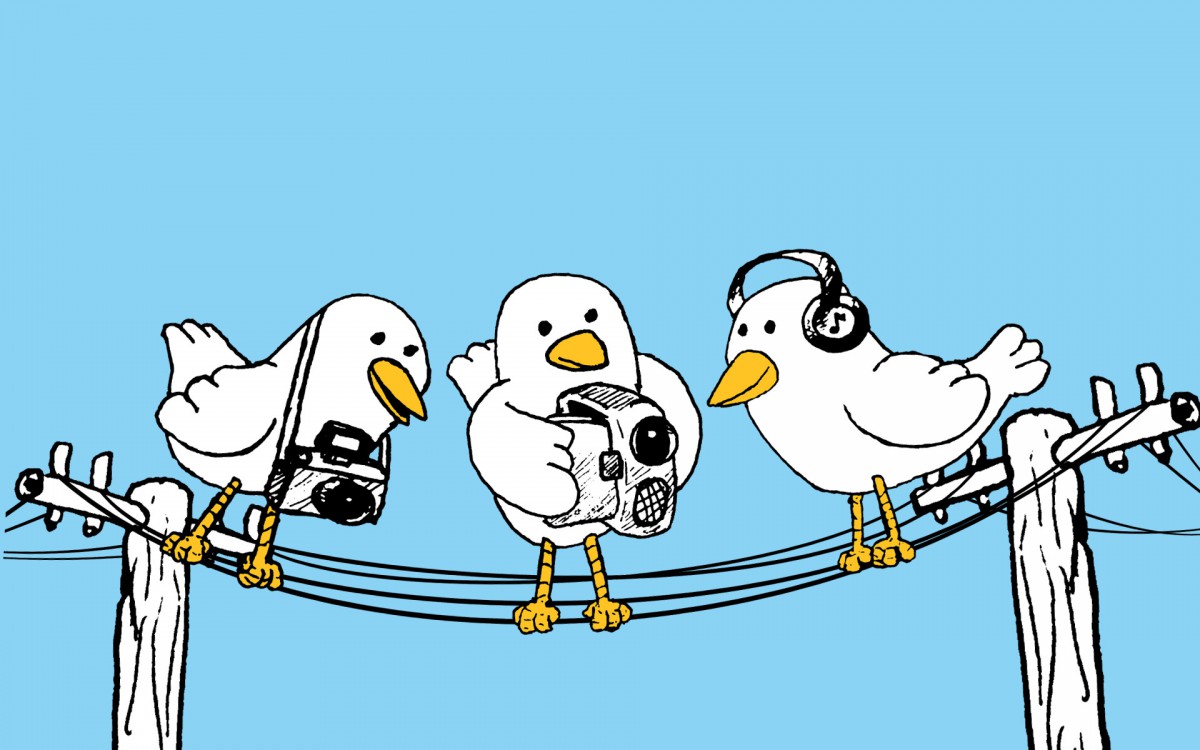
On Thursday March 23 we convened with faculty and staff from City Tech and across CUNY to discuss “Multimedia Pedagogy Across the Disciplines”. This conversation focused on a broad conception of multimedia that spanned the digital and material, the textual and textured – and the remixing across these perceived boundaries. Though a challenging approach, we were committed to using a definition of multimedia that reflected the diversity of mediums that our college of technology engages – from images, sound and video to materials used for physical construction, 3-D printing and makerspaces.
With this in mind, we began the evening’s conversation with two questions:
- What does “multimedia” mean in your discipline?
- What does it mean to “compose” or “make” in your discipline.
In the process of discussing a variety of mediums and approaches to composition, which ranged from stories, images, tables and maps, to dental x-rays and cavity fillings, we also discussed data and its relationship to multimedia representation. In the social sciences, multimedia representations of data might be used to construct an argument or compel a reader to engage with one’s argument, whereas in dental hygiene these representations of data might be used to explain to a patient the state of their dental health. In government, one attendant discussed the importance of multimedia representations of data in deciphering truth and fact from lies, especially in this political climate.
Next, Andy Mckinney of the OpenLab team, shared some interesting examples of how different courses were engaging multimedia pedagogy in their courses. These examples, listed below, show the range of how multimedia pedagogy can manifest – from curating, archiving and preserving digital or content, to promoting and sharing a digitized representation of a material project.
- Center for Performative Design and Engineering Technology: This Center uses the OL to introduce the City Tech community to their not-yet-built building. OL and multimedia technologies enable the Center to show themselves to the world before they are in the physical world, and moreover, to share a number of resources – modules and tutorials – with the community.
- Fuse Lab: Though the project ended in 2015, their OL site operates as a multimedia archive that preserves the work of the NSF grant funded project indefinitely, and allows it to continue to share its range of resources with a larger community.
- Roboquin: This project site also operates as an archive, housing both the plans for design and construction and travels of their roboquin, properly named RoboQueen. For example, below is a video of RoboQueen at the World Maker Faire.
- Serious Change through Play: This site highlights the work of their Community Diversity Workshops wherein they ask students to use legos to rethink their relationship to the City Tech community and its expansive diversity while building strategies for communicating across these interconnected communities. Learn more about their play-centered approach in their Nucleus article.
- Being in Brooklyn: This 3-year-old course site is a great example of a student-generated multimedia project (incorporating maps, video, audio, images and text) that both engaged students in re-presenting the material environment through digital technologies and (thus) has a lasting public presence.
- Laser Harp Journal: A part of a student’s ePortfolio, this blog entry documents the student’s physical construction and testing of a harp that elicits sound through the use of layers. Not only is her documentation on the OL multimedia, but the actual harp required wood, metal, electronics and a computer hook-up, and LASERS.
Phil Kreniske, also of the OpenLab, also highlighted the work of members of our student blogging team on The Buzz. All of these students use at least a combination of images and text in their weekly posts. Phil used this as a segway into discussing the importance of understanding the multimedia forms of communication students use with one another in both formal and informal spaces today, and the significance of trying to find ways of incorporating this understanding into our classes and assignments. He himself has aimed to accomplish this through a “Scavenger Hunt” activity wherein he asks his psychology students to take and reflect on photos that represent an important concept discussed in class.
We finished the evening off with an example of where we hope multimedia pedagogy can go at City Tech in the future – and where it IS going in the next few months on another CUNY Campus. Baruch’s VOCAT platform, shared by Craig Stone of the Center for Teaching and Learning at the college, is a tool that allows students and faculty to SHARE AND ANNOTATE images and video. Initially conceptualized as a way to help students build presentation skills by reviewing and marking-up videos of themselves presenting, the platform today is expanding to allow for a wide-variety of multimedia assignments, uploads and annotations.
Thank you to all who were able to join us for this conversation! For those who couldn’t, we hope this post brings you into the discussion – at least partially. Moreover, we’d like to direct your attention to a set of articles for further reading, found at the bottom of the initial event post. Lastly, we encourage everyone to continue this conversation here on this blog and during future events.
This was our final Open Pedagogy event of the semester, but we encourage you to continue the conversation about this event or Open Pedagogy more broadly by joining and engaging with us through our OpenLab site, Open Pedagogy on the OpenLab.




One thought on “Recap: Multimedia Pedagogy Across the Disciplines”